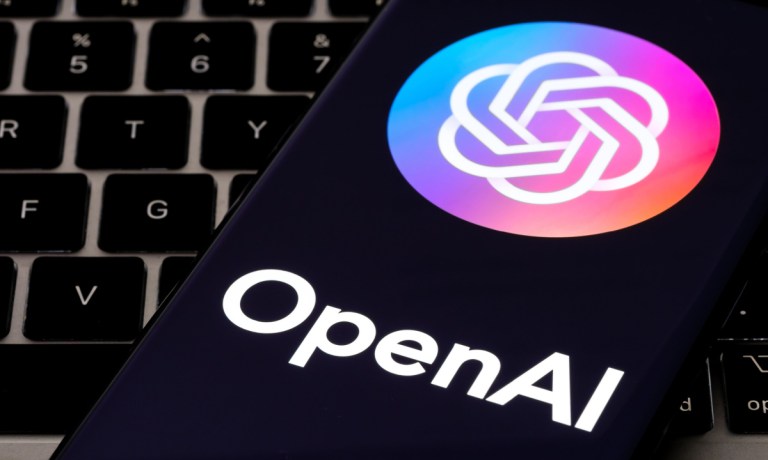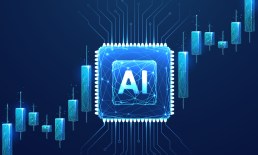Recent advancements in AI-assisted editing platforms could boost productivity for eCommerce teams, enabling faster creation of everything from multilingual product descriptions to marketing copy.
OpenAI recently unveiled Canvas, a new interface for ChatGPT that promises to revolutionize collaborative writing and coding. This beta release introduces a separate workspace where users can collaborate directly with the AI, jointly developing and refining ideas in real time. It’s part of a shift from dialogue-based AI assistance to collaboration with a more interactive, side-by-side creative process.
“The first phase of generative AI has been separate tools,” Paul Morville, CEO and co-founder of Parrot AI, told PYMNTS. “You bring your information to the AI. You then ask the AI to do something, take that content back to an editor, and work with it. You go back and forth. It’s a pain. This next phase is about getting the humans and the AI together into the tool, working towards a desired outcome. The end goal is seamless cooperation between the person and the AI — it should feel more like two humans sitting at the keyboard working together.”
Canvas offers a range of features tailored for content creation, including shortcuts for suggesting edits, adjusting text length, changing reading levels and adding final polish. For coders, it provides tools for reviewing code, adding logs and comments, fixing bugs and porting to different programming languages. These capabilities are particularly relevant for eCommerce businesses that need to maintain extensive product catalogs across multiple platforms and languages.
More Collaboration Tools
OpenAI isn’t the only AI company experimenting with collaboration. Anthropic recently launched an update to Claude, introducing Projects to boost team collaboration and streamline AI-assisted workflows. The new features allow teams to share knowledge bases, customize Claude’s responses, and collaboratively view generated content, positioning the AI assistant as a central hub for organizational productivity and innovation.
This evolution in AI-human collaboration is reshaping eCommerce content creation workflows. Lauren Petrullo, CEO of Mongoose Media, told PYMNTS that tools like Canva, CapCut, and MidJourney allow teams to create a higher content volume in less time.
Advertisement: Scroll to Continue
“Instead of producing one or two videos or graphics manually, AI can help generate 16-20 outputs at once, even in multiple languages,” Petrullo added. “This improves and quickens the production process while keeping high-quality standards.”
AI can now rapidly generate initial product descriptions, allowing human copywriters to focus on refining and adding persuasive elements. As humans write, AI can suggest SEO-friendly phrases and keywords in real time, potentially improving search rankings without disrupting the creative process.
Morville emphasizes the importance of contextual understanding in this new paradigm. “We’re now building AIs that attend your meetings and ingest your documents. We’re integrating that knowledge into the content creation tools. This way, your AI partner shows up for work knowing about you and your world. This makes for a much better partner.”
Faster Revisions
The benefits of AI co-editing for eCommerce teams extend beyond mere productivity gains. Petrullo points out, “Tools such as Opus Pro and Descript make it possible to quickly revise and re-edit content. If a mistake is made, like mispronouncing a name, AI can fix it in a fraction of the time it would normally take, saving hours of work and streamlining the content editing process. All of the time saved allows teams to focus more on creativity and strategy.”
OpenAI’s approach with Canvas aligns with this vision. The company states, “With Canvas, ChatGPT can better understand the context of what you’re trying to accomplish. You can highlight specific sections to indicate exactly what you want ChatGPT to focus on. Like a copy editor or code reviewer, it can give inline feedback and suggestions with the entire project in mind.”
Experts say AI-powered collaborative editing tools are enhancing content consistency in organizations. These platforms enable teams to more effectively align their messaging and style across various documents and projects.
Petrullo provides a concrete example: “Brands using Meta’s AI editing can test their products in different backgrounds — like showing sunscreen in both beach and woodland settings. This easy change helps target diverse markets and simplifies operations, allowing teams to be more efficient and effective without losing the personalized touch that resonates with different audiences. You can also use AI to create branding templates that help create consistency as well.”




